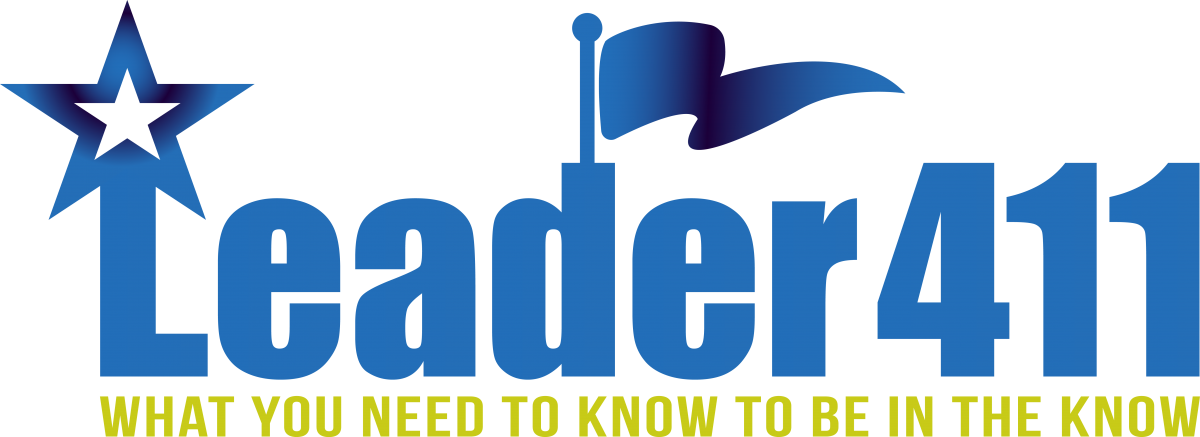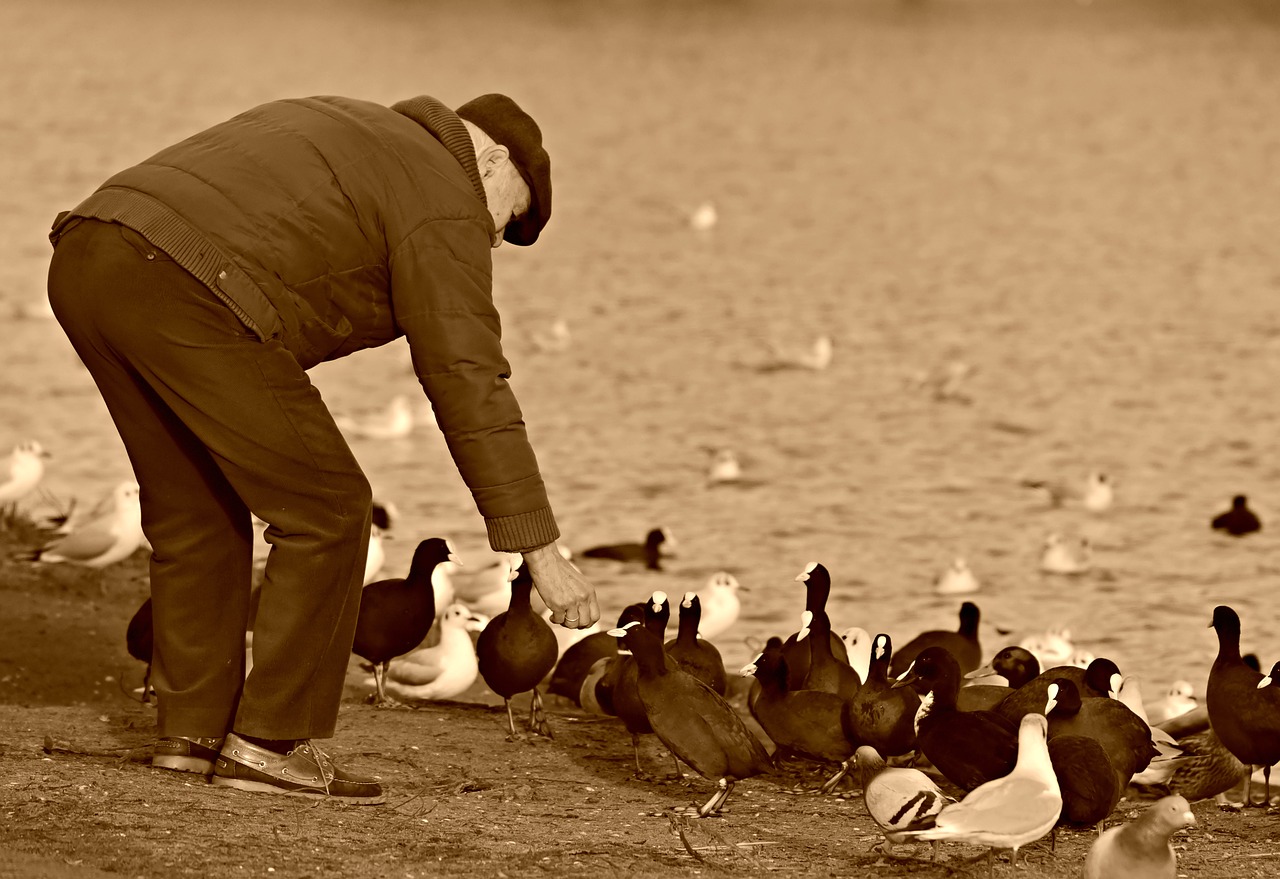Leadership is about influence and relationships. Leaders need to be careful about the messages we send through our actions. When offering food, make sure you’re feeding your team, not ducks.
Growing up in Texas, there were lots of parks, ponds and lakes where ducks would gather. My mom would make sure we always had food for the ducks. We’d take stale bread or cereal we weren’t eating. Mostly food we weren’t going to eat. It was fun. We would throw the food out there and watch them swarm. Some would even come right up to us, obviously used to the process of being tossed food by humans. As I grew older and had kids of my own, we would regularly feed the ducks at a small pond at our favorite park. We’d pack a lunch and make sure to save some for the ducks. I’m not sure why we enjoyed it so much. It was just part of a tradition I guess.
As a business person having worked in and worked with several organizations, I noticed that food is quite the common reward. I personally have no complaints about using food as a reward. There are many that say food shouldn’t be attached to a positive behavior because it could cause an unhealthy relationship with food. I don’t see it as that. Food in the workplace is an opportunity for people to gather around, lower their defenses and enjoy a good time together. It’s a time for sharing and bonding. Sharing a meal together can be very powerful, but what if a meal is only unidirectional?
Feeding the Ducks Story #1: Leaders eat with Leaders, Followers eat with Followers
At one large manufacturing company I worked at, I was fortunate to work with a great crew that achieved a major manufacturing milestone on a critical contract. It was such a big deal our vice presidents decided they were going to order pizza for everyone involved. The pizza they ordered wasn’t just any pizza from a typical chain restaurant either. It was good, unique pizza. We definitely marked “Free Pizza Day” on our calendars.
On the day of delivery hundreds of hungry employees swarmed the area. I cannot recall how many pizzas were ordered, but going off the standard 3 people per pizza ratio (a good ratio for planning events btw) there were well over 150 pizzas. Pizza boxes were everywhere. I was working to make sure my crew was set, clearing out the boxes, helping serve the pizza, anything to make sure everyone that wanted free pizza was able to get their fill. It was fun! Lots of people I hadn’t seen in awhile. Laughter, smiling, good times, but something was missing. Where were the leaders?
Off to the side were the vice presidents. These were good people. We had worked together on several occasions. I approached them and asked if they would like some pizza. Their response was “We don’t eat that food.” Instead, they informed me that they were going to a sandwich place in about thirty minutes, leaving before the event was over. They didn’t shake anyone’s hand (which would be acceptable in today’s Post COVID world). The vice presidents didn’t talk to any of the subordinates. They stood back about 50 feet and watched, having their own more enjoyable conversation. Eventually, they left the event. Hardly anyone noticed.
Feeding the Ducks story #2: Leaders eat Yogurt, Followers eat Donuts
Fast forward a few more years. I had seen significant success in the organization. Thus, I had been placed on several executive-led teams with other future leaders of the organization. One of them was tasked with bringing leadership in the twenty-first century. Sounds like a great plan, but we were well into the 2000’s and only just now talking about how to update plant leadership. We were woefully behind.
If you ever have a chance to be on a team like this, I highly recommend it. Of the thousands of employees in the plant, plant leadership chose 10 future leaders to be a part of the team. It was led by one of my future mentors, a former Nissan employee that you can read more about in my first book, Unity (Same person that taught me Hoshin Kanri. That’s for another post). Meeting such as these are prime places for networking and learning with high potential that most likely wouldn’t have met otherwise.
In this meeting I met a fellow production team member who sought to improve his relationship with his employees. For the sake of anonymity I shall call him Bob. Seems like a good, anonymous name to use (sorry to all the Bobs out there). Bob asked me a few questions. The conversation went something like this:
Bob: I need some help. My employees don’t seem to like me. Let me ask you, do you bring food for your employees?
(First of all, getting team members to “like” you requires far more than just food)
Me: Yes, I bring food about once a month to the weekly potluck. Why?
Bob: “See!” He said throwing his arms into the air, in an exasperated fashion. “I bring food every week. I just don’t get it.”
Me: Let me guess. You bring a dozen glaze and a dozen chocolate donuts, right?
Bob (laughing): How did you know?!
Me: What do you do then?
Bob: Oh, I put them on the break table, then I go to my desk.
Me: Do you eat donuts?
Bob: No way. Too many carbs. I normally eat my yogurt with granola.
Leaders Eat With People They Care About
Both of these stories share similarities. The two stories both have leaders that bought food for their employees, a nice gesture that few could deny. Both have leaders that purchased food that they themselves wouldn’t eat. Both have leaders that also chose not to eat with their employees. Think about the implications of this. What message are they sending?
All the way back as far as history goes, great kings, queens and politicians eat with the people they care about. Back in medieval times, dignitaries considered it a great insult for a king to invite someone to a feast and not join the meal. As Mike, one of my former team members, pointed out, “You dine with your friends, not with your enemies.”
By buying food that we do not intend to eat and then not participating with our employees, we are reinforcing the perception that a chasm exists between leaders and followers. Leaders eating with leaders? Yes, there is a time and place for that, but if you are celebrating the success of your team, eat with your team! If you are on a strict diet, bring your food to the table with you. If you can sacrifice the carbs once a month, sacrifice them and join your team. It can have a tremendous impact on relationships. When employees feel they have a strong relationship with their supervisors, they tend to work longer hours, work on extra projects. learn on their own times, care and mentor those around them and even show an increase in performance.
In summary, practice great leadership. Don’t feed the ducks. Feed your team. Join them. Celebrate with them. Then go back to work and earn another victory.


